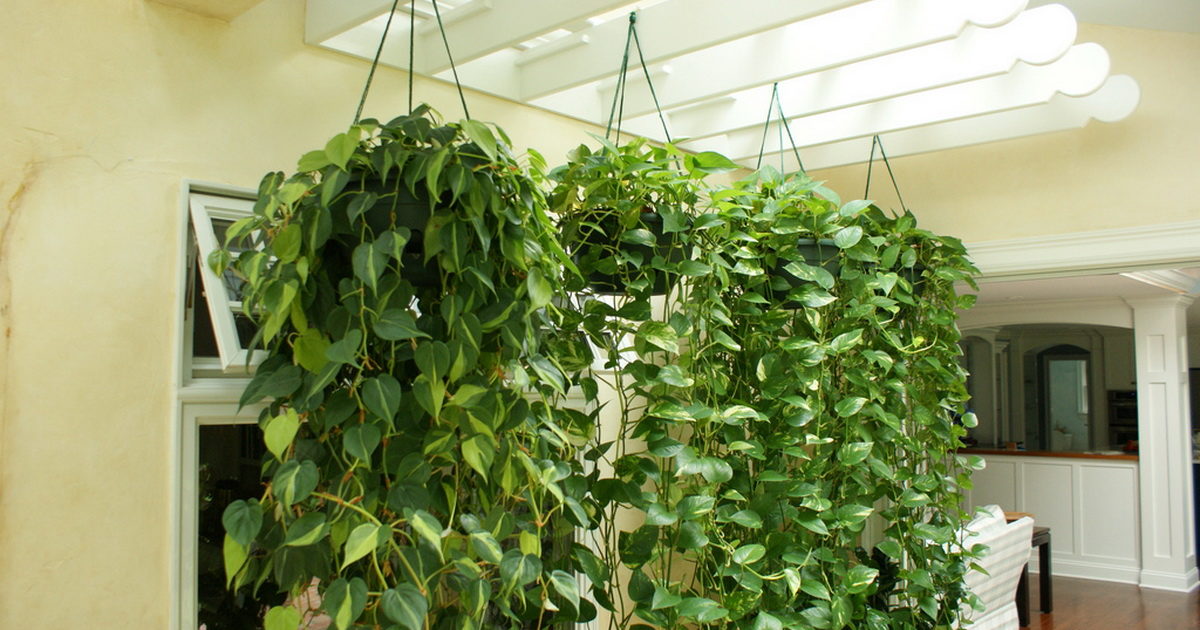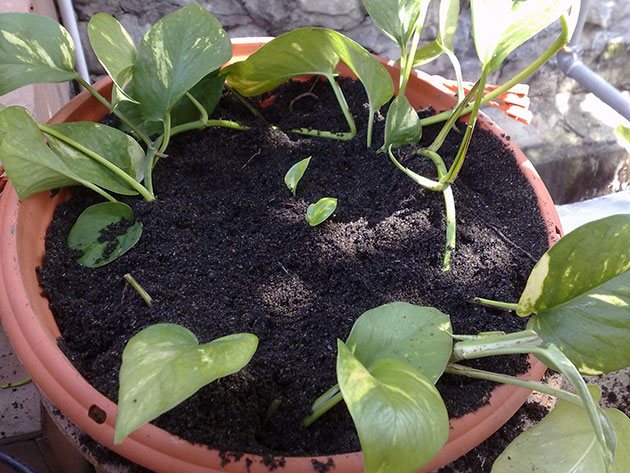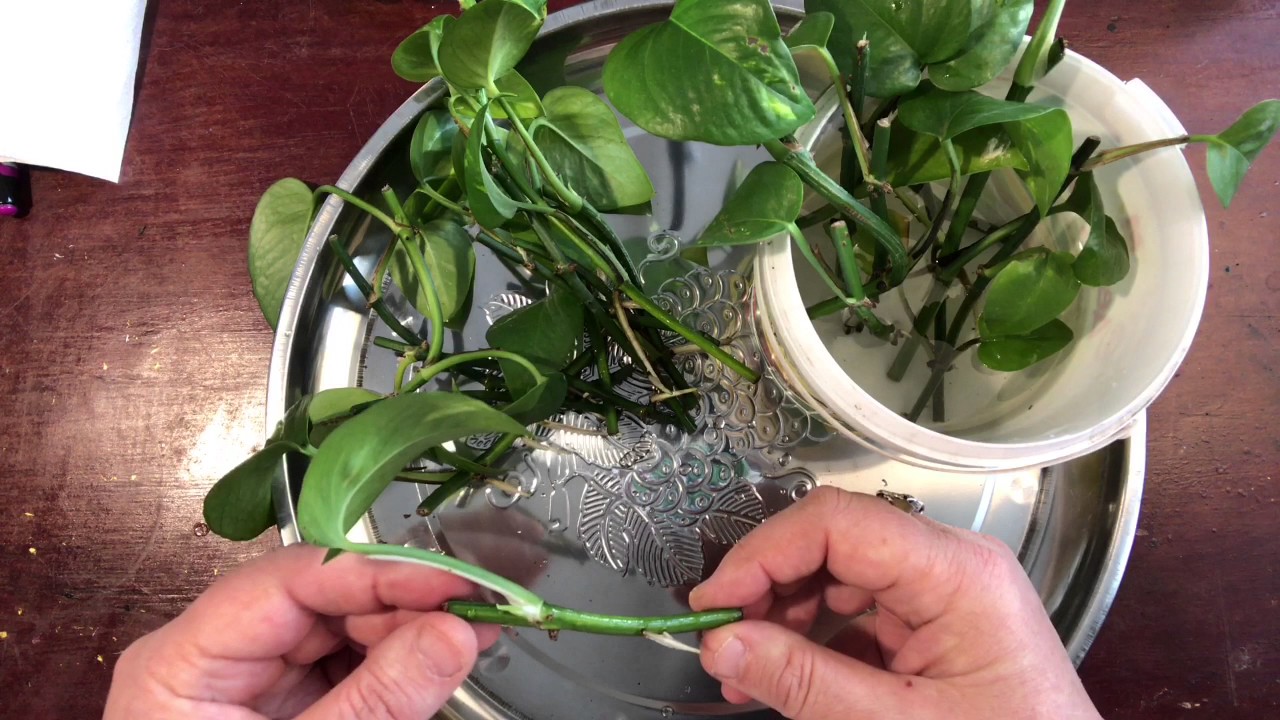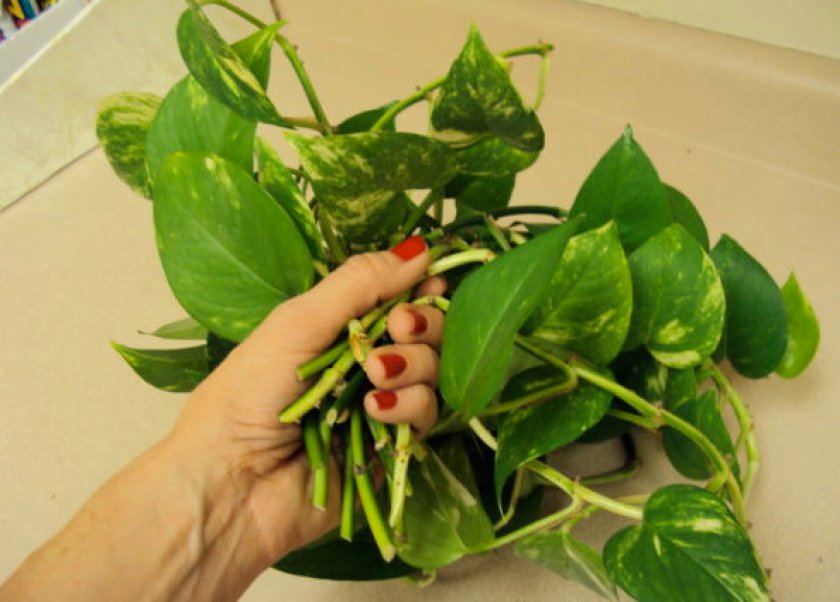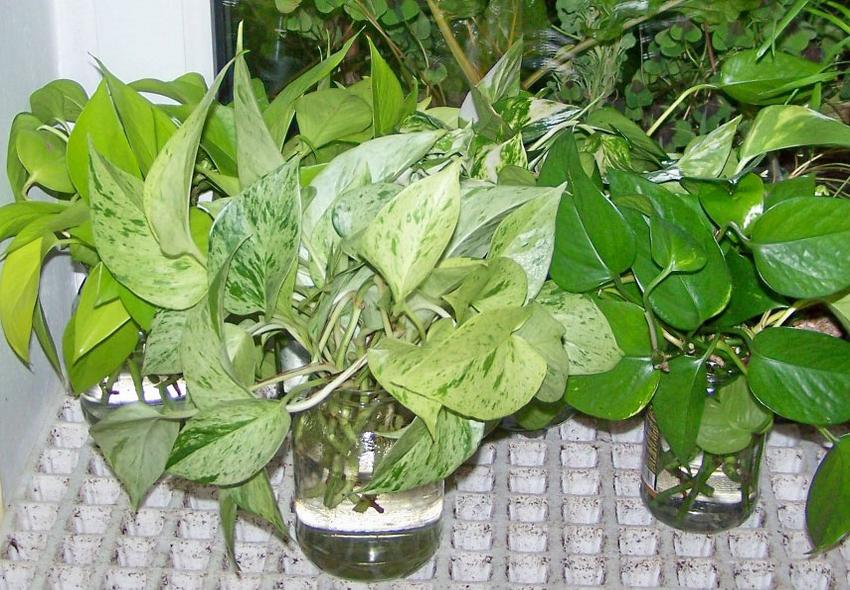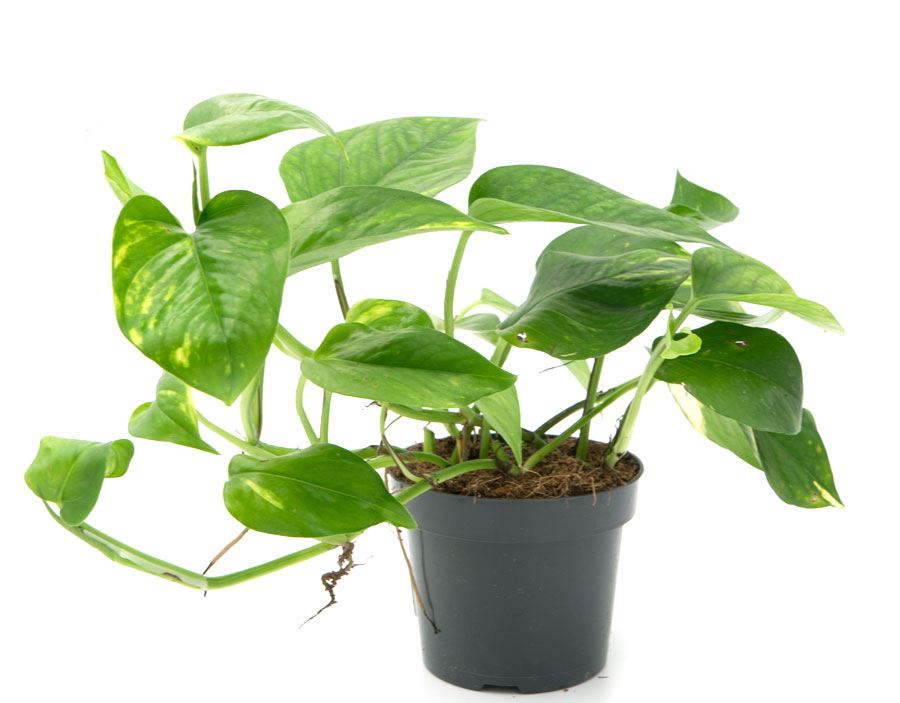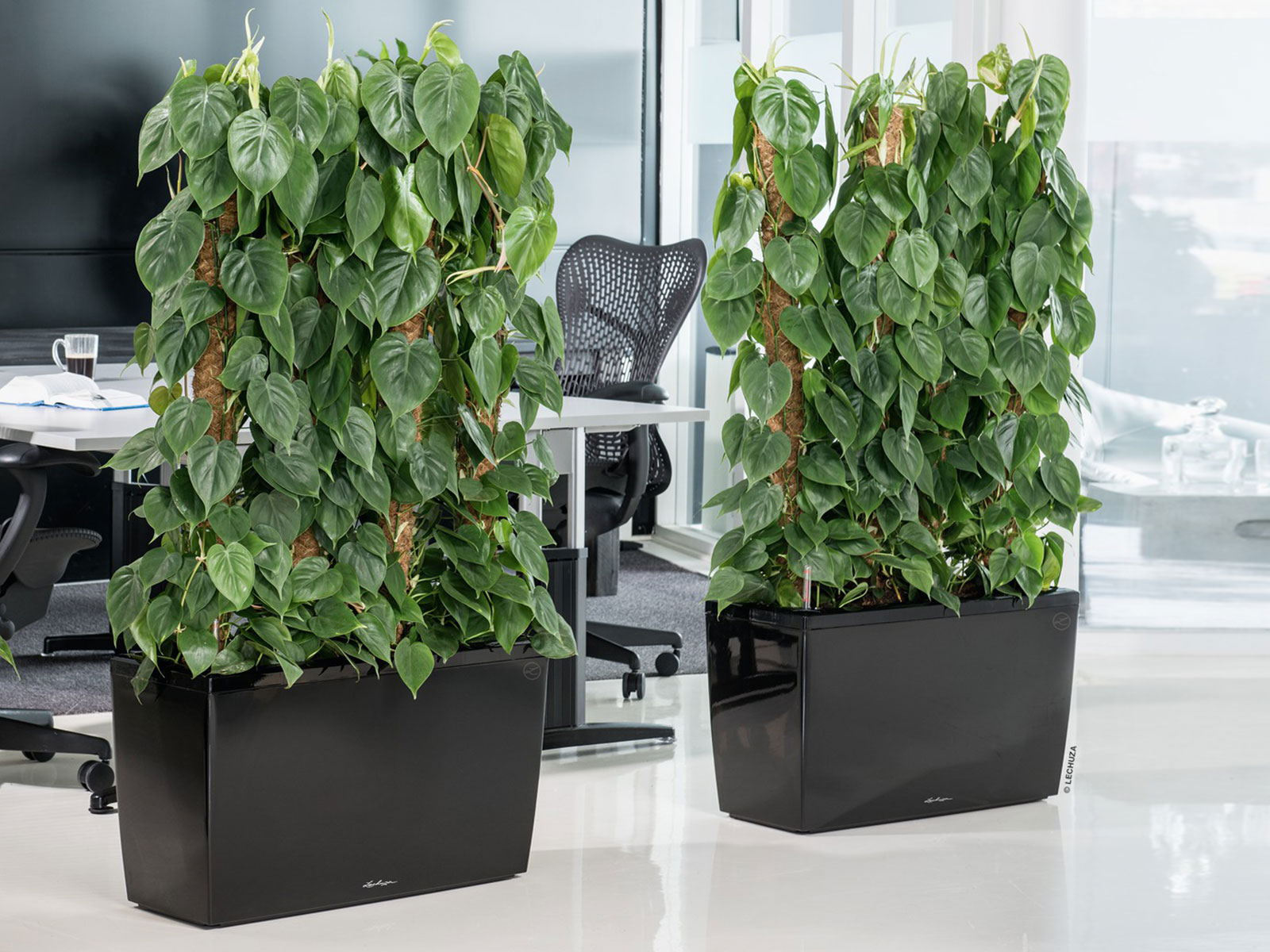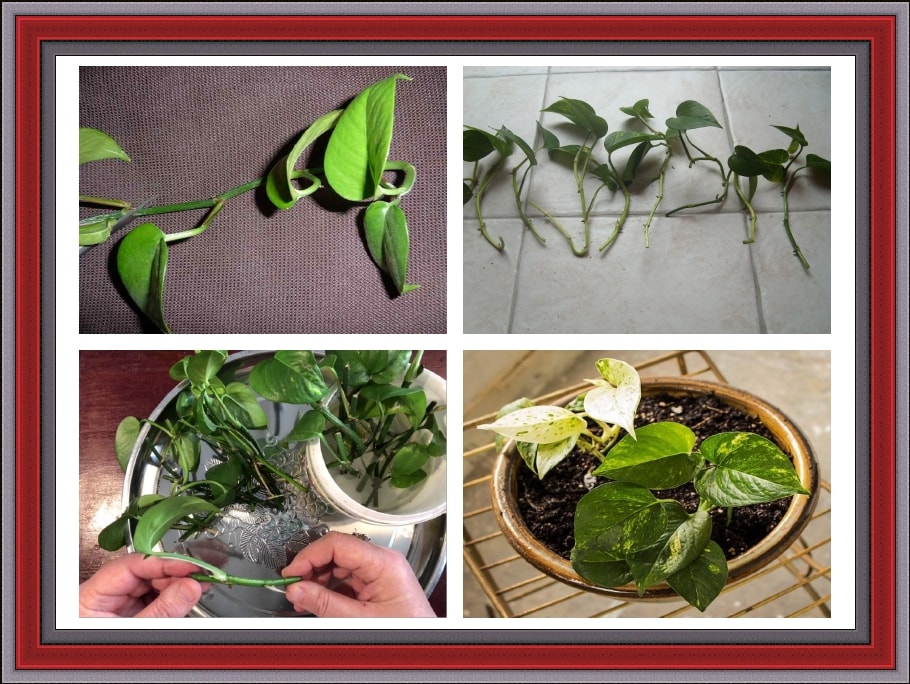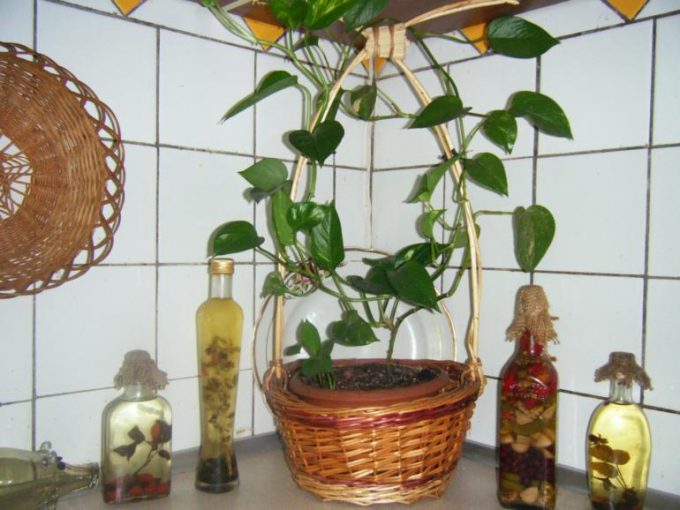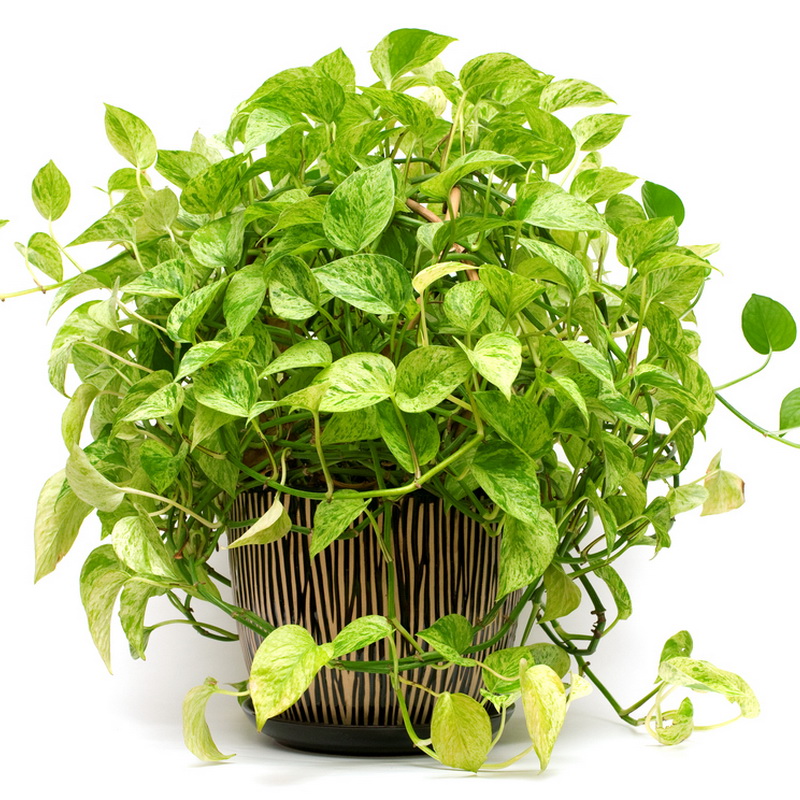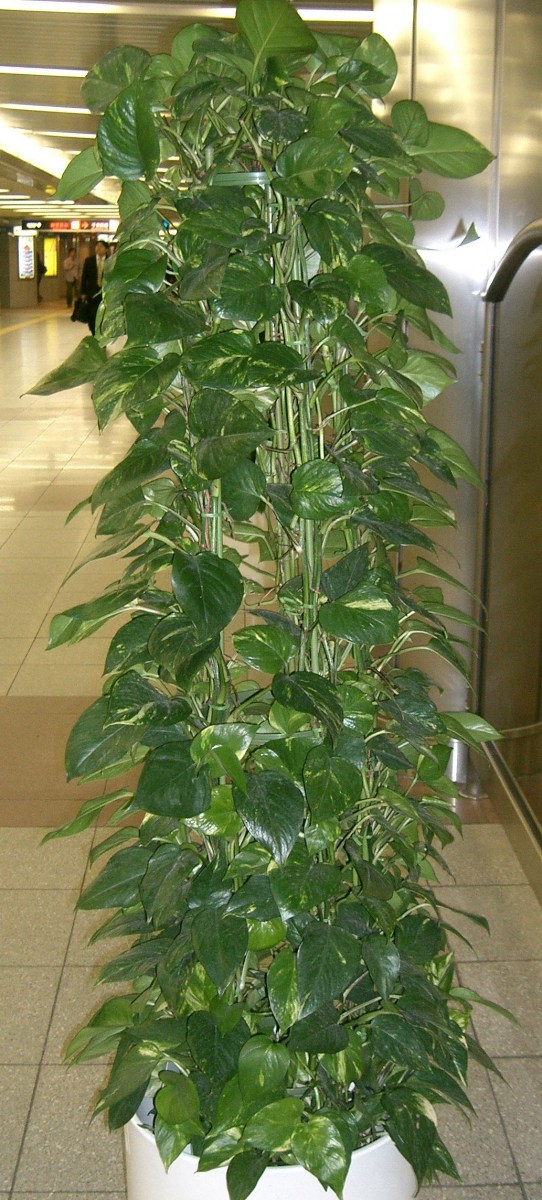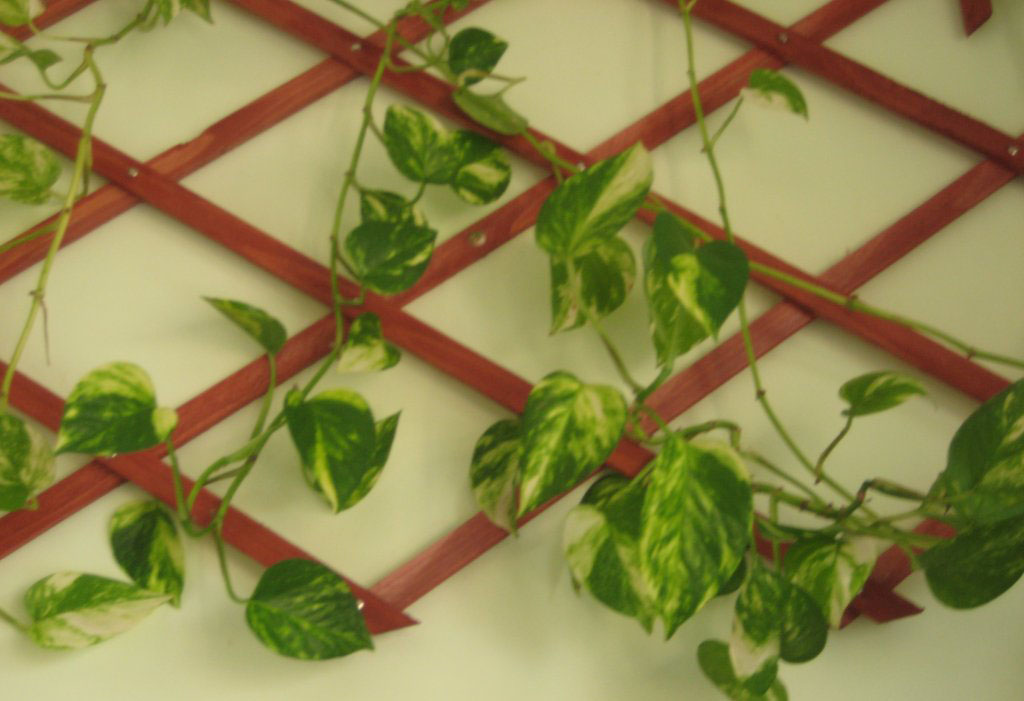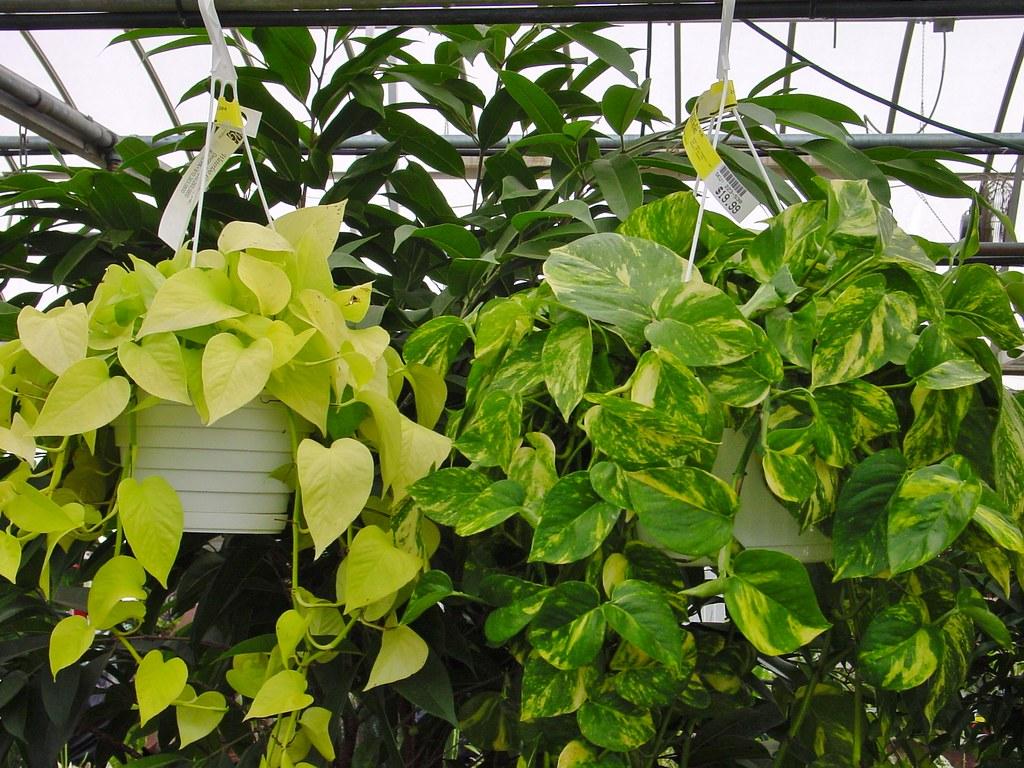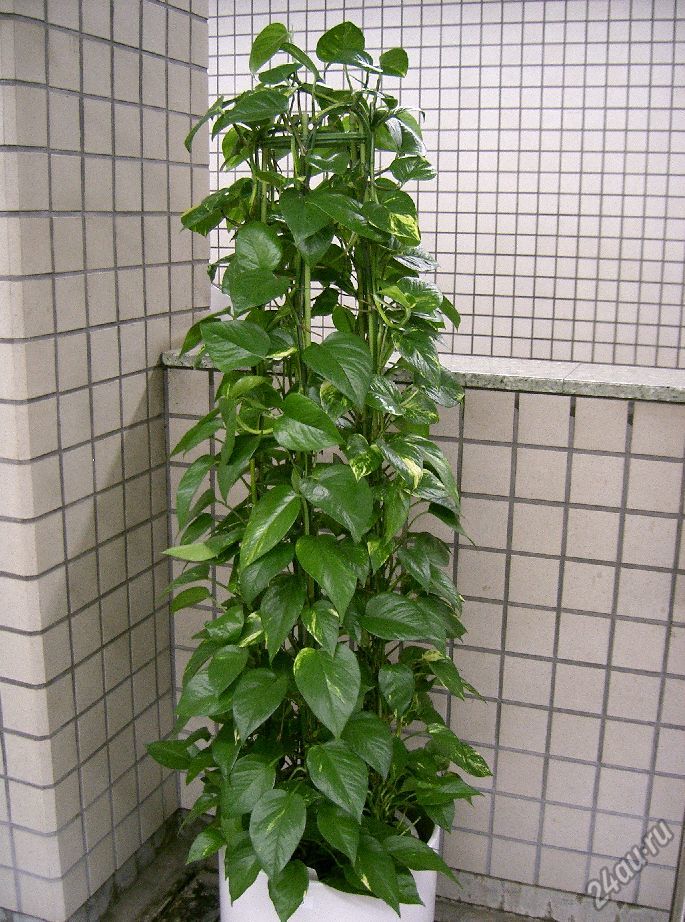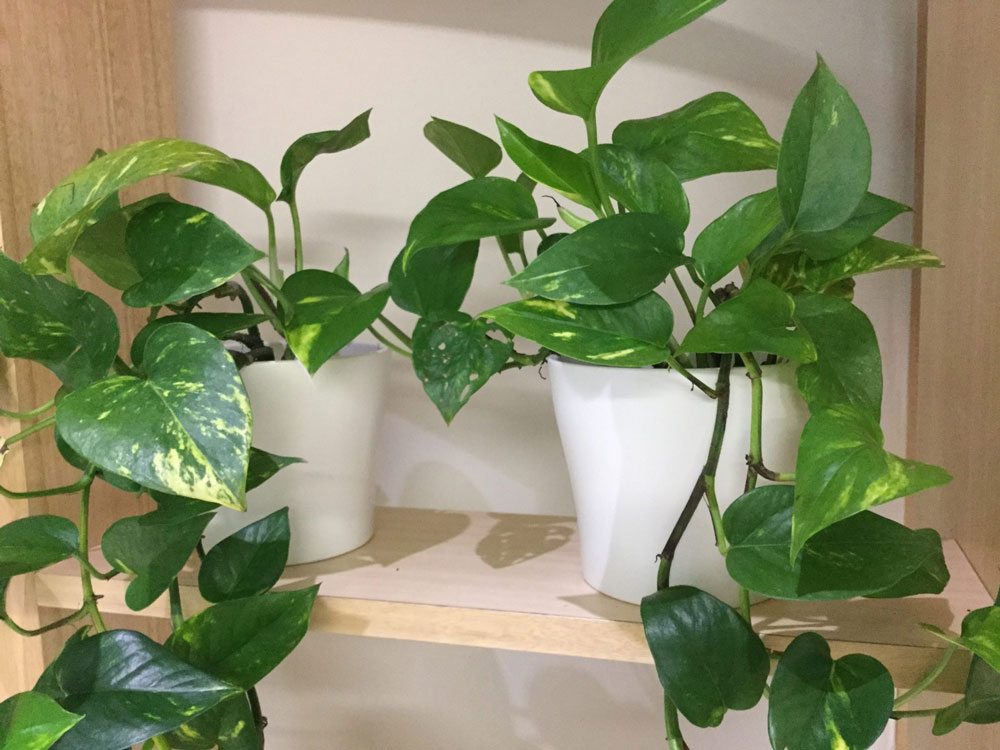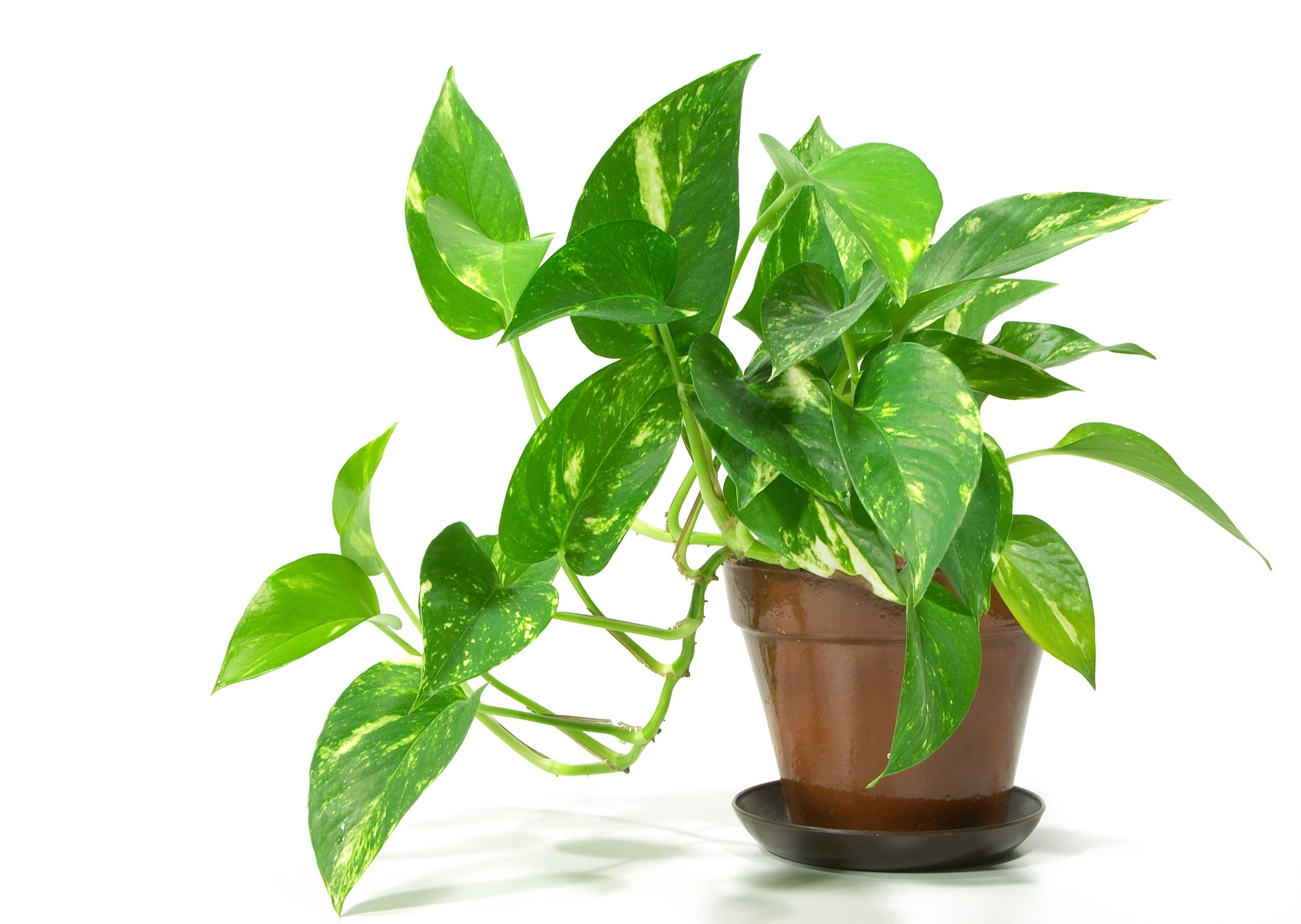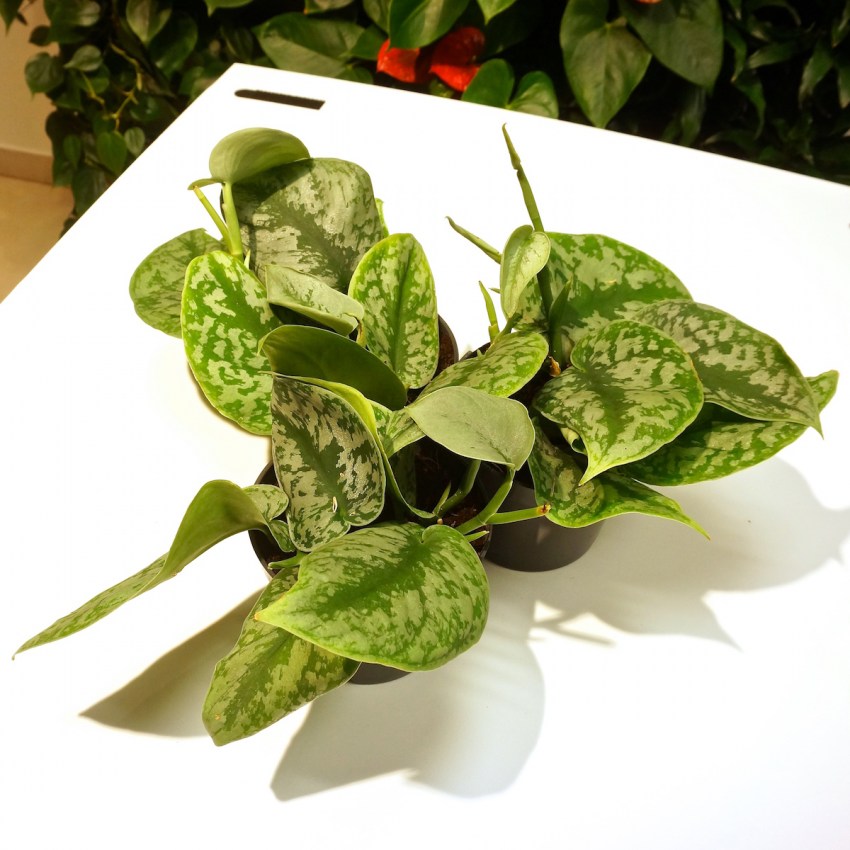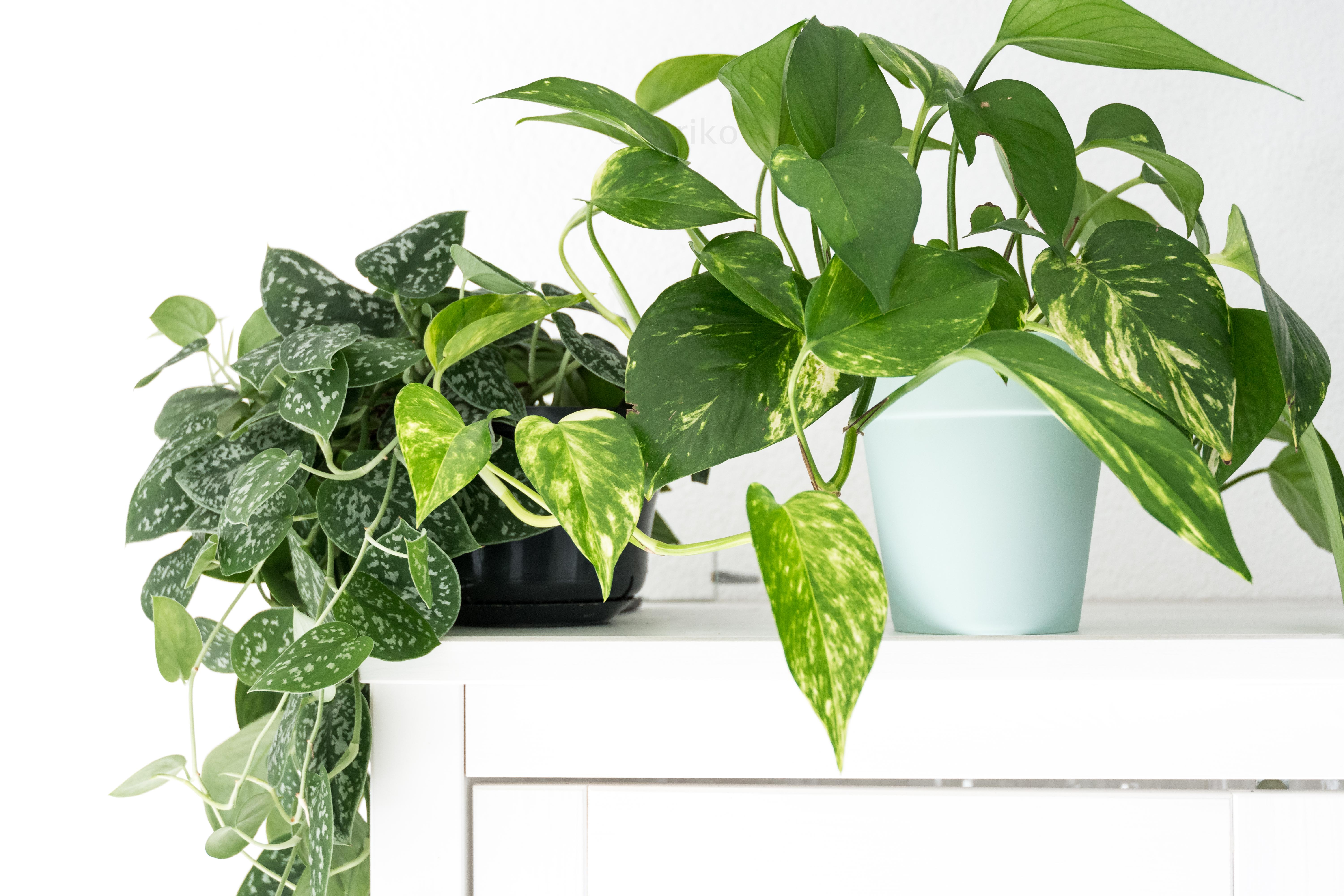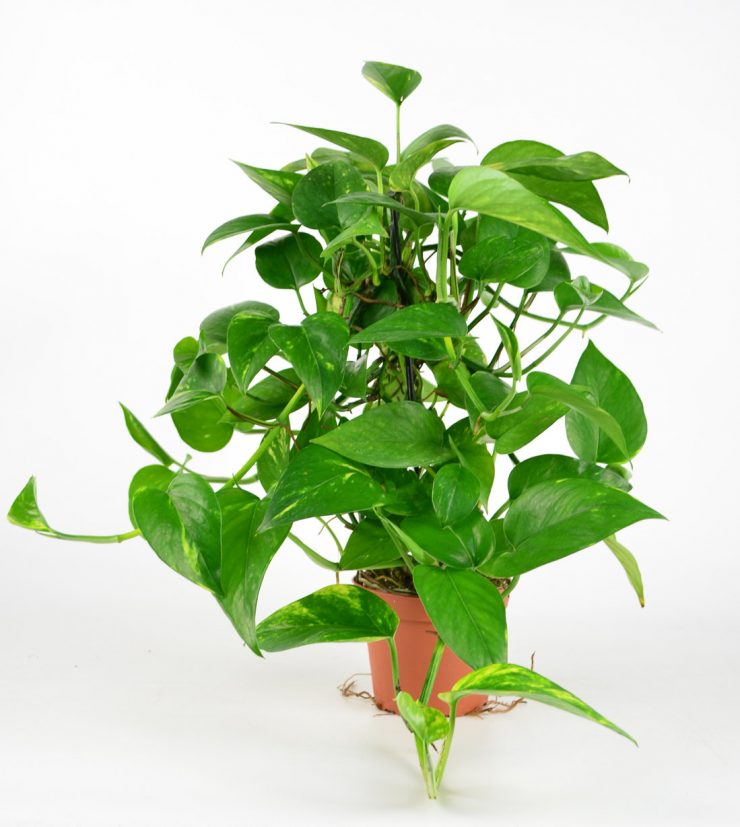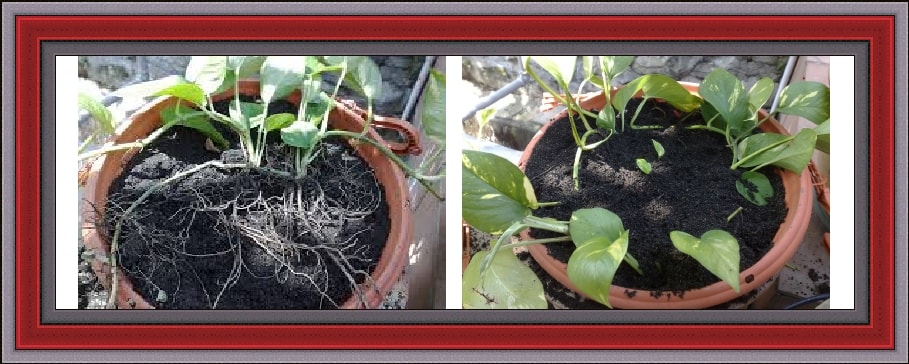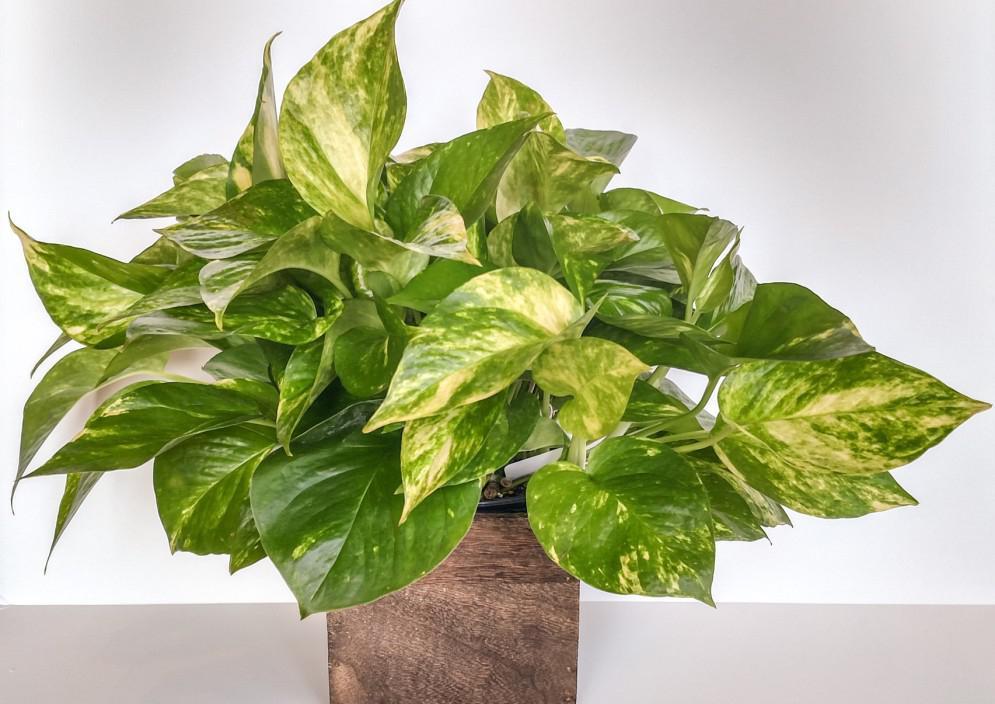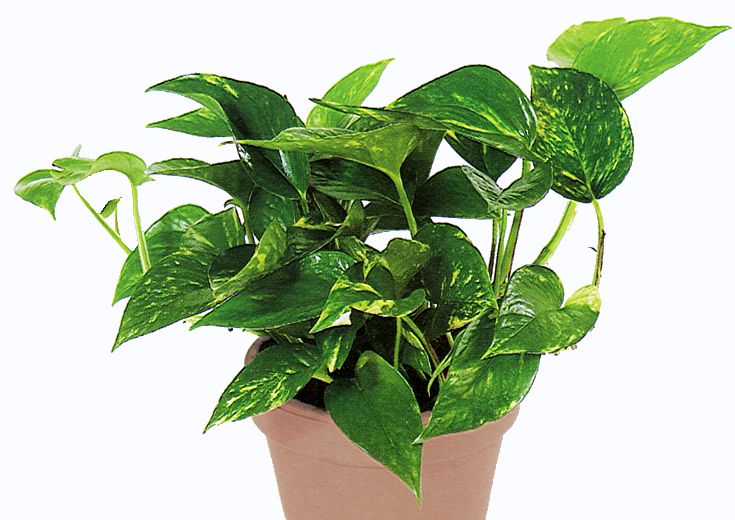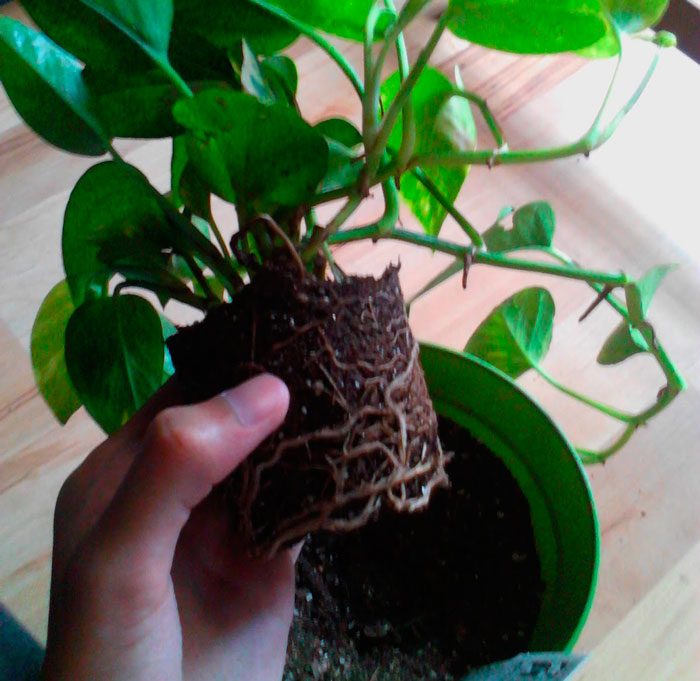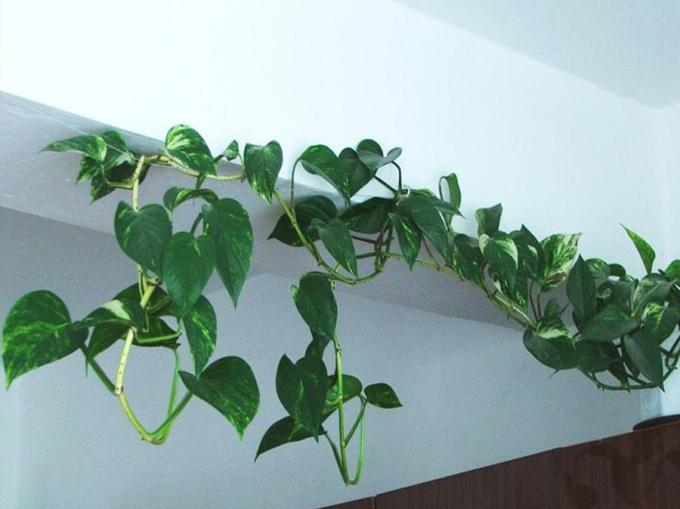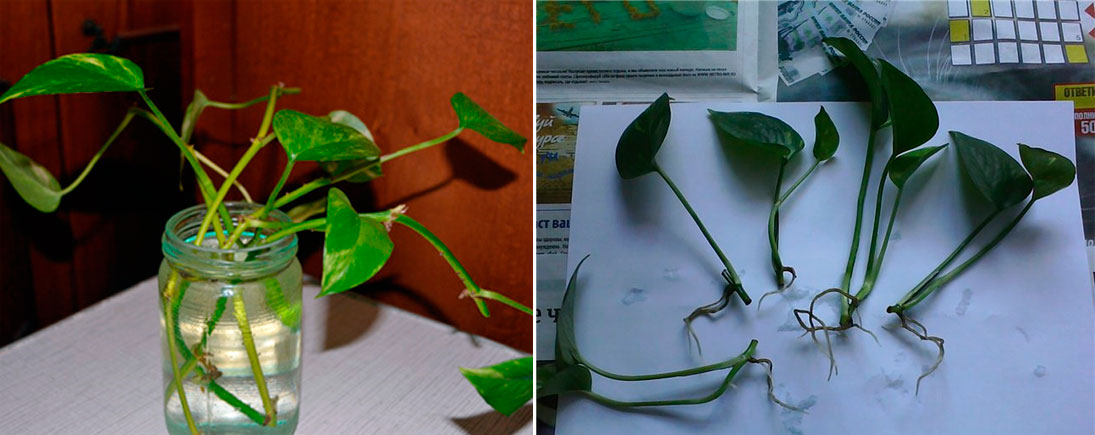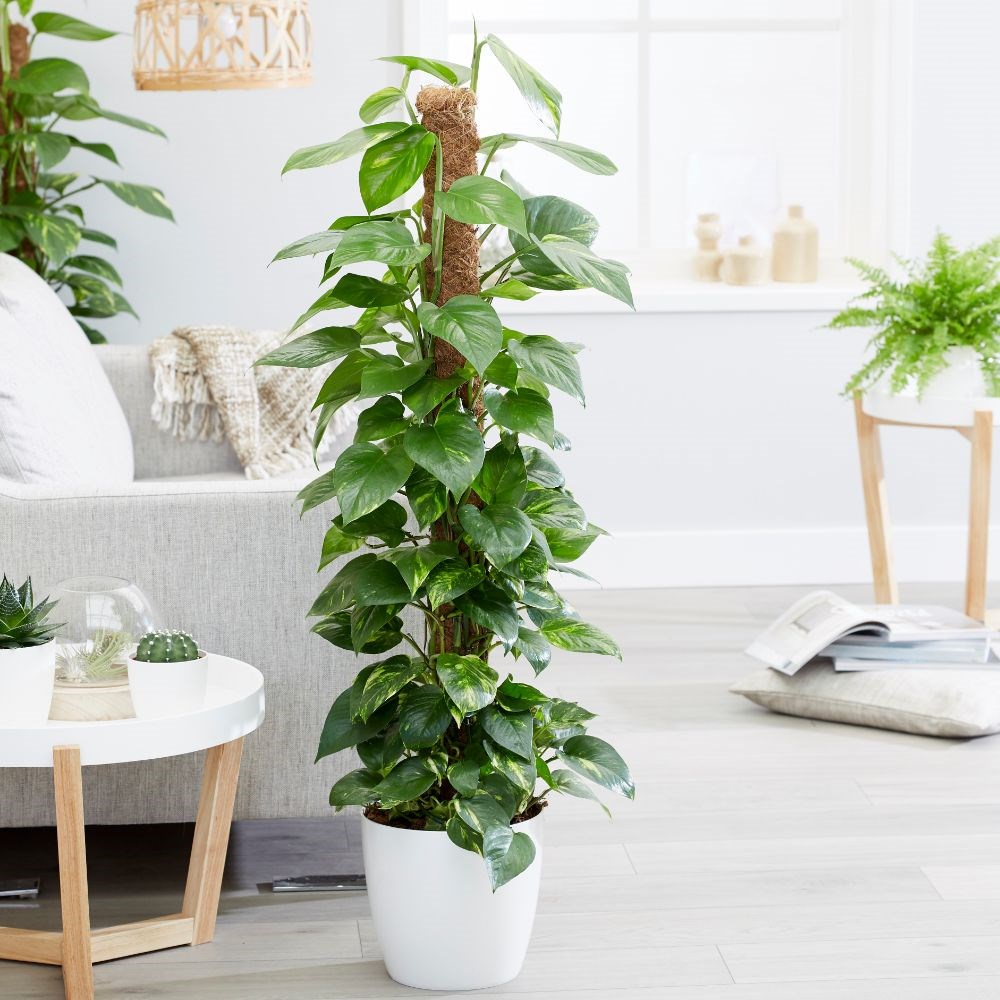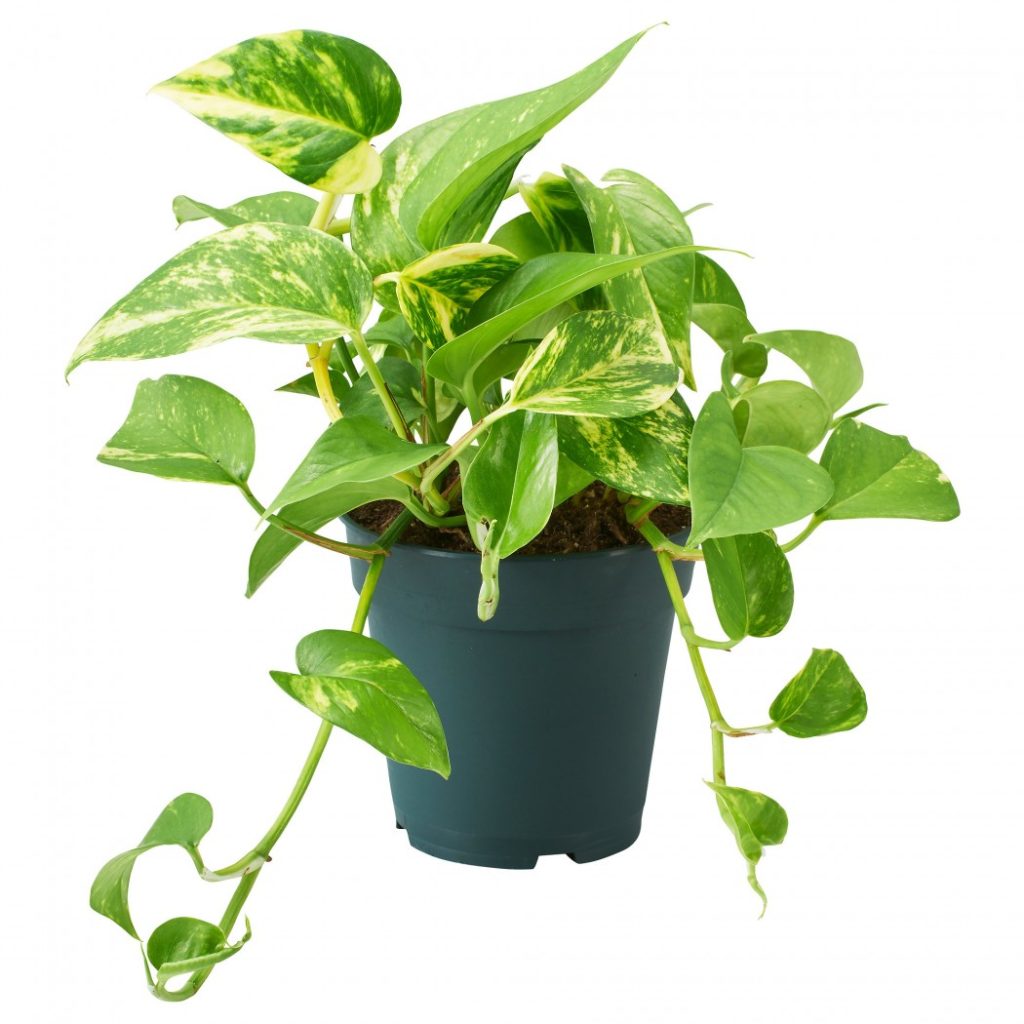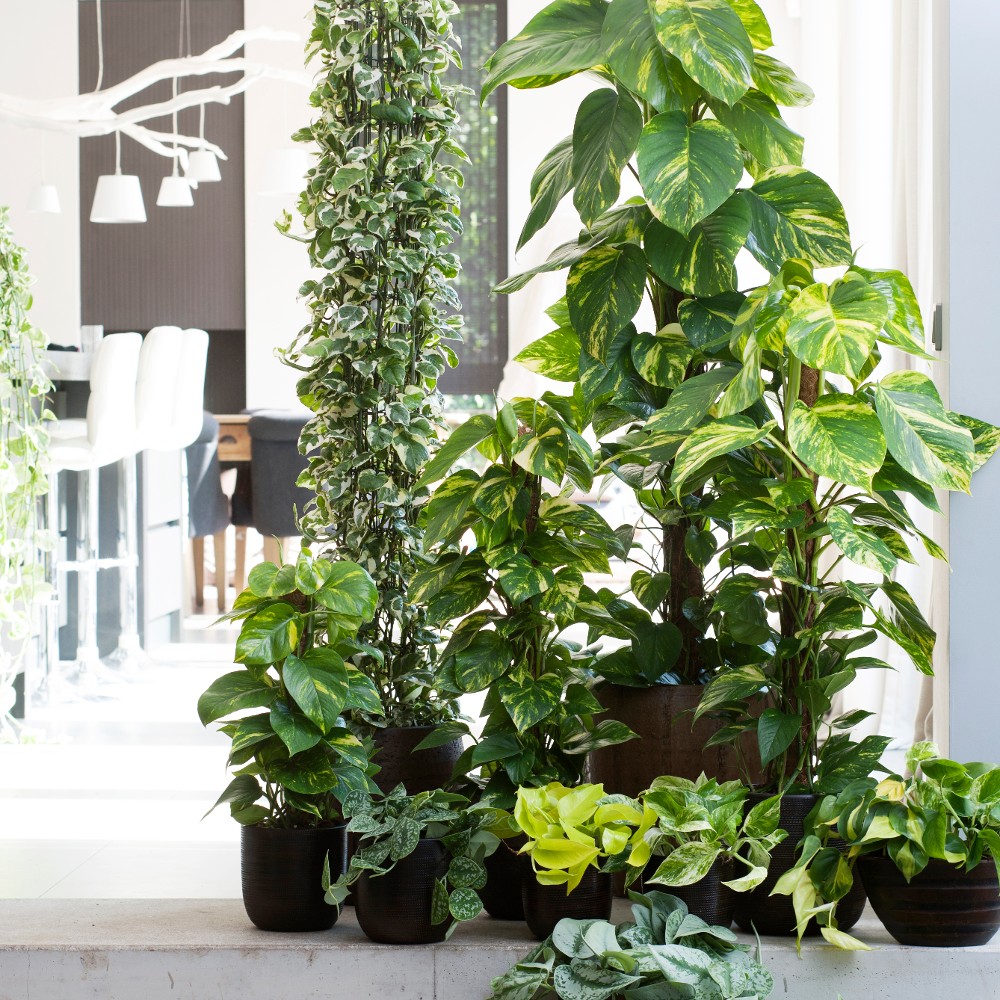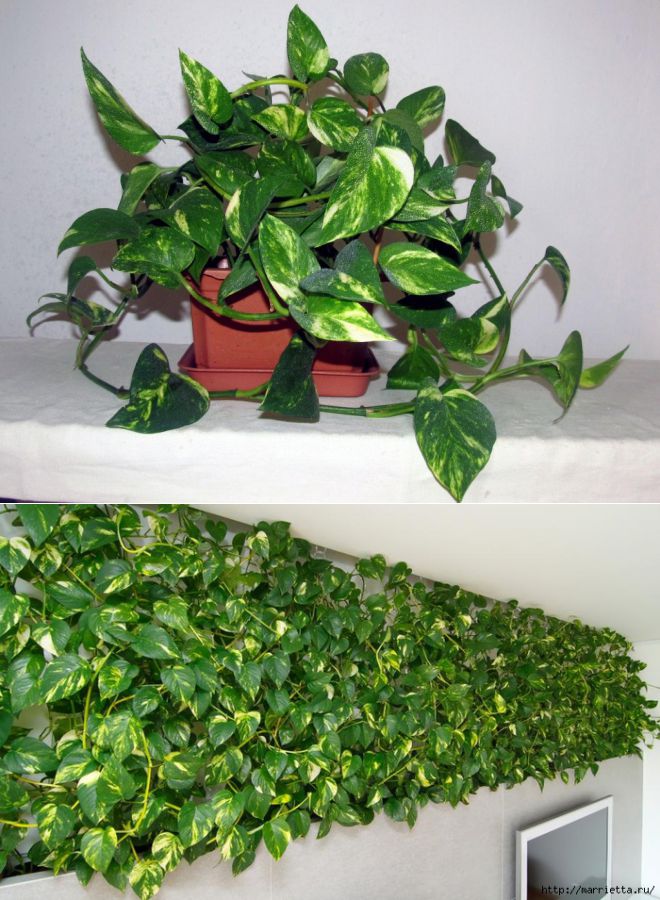Types and varieties
The types of scindapsus are very similar to each other, differ in the presence or absence of spots, streaks. These spots can be white, yellow, lemon shades. There are also some differences in the size of the leaves, the length of the shoots. Consider the types of scindapsus popular in indoor floriculture.
Golden
Golden scindapsus is most often found in flower growers. It is distinguished by decorative bright green leaves with yellow stripes and spots. In addition to its visual appeal, this species is distinguished by its unpretentiousness when growing. Therefore, it can often be found not only in apartments, but also in offices. The size of the leaves varies from six to twelve centimeters.
In indoor floriculture, Golden Scindapsus is represented by the following varieties:
- "Golden Queen" with leaves on which there is more yellow than green;
- "Marble Queen" has leaves with a predominance of white;
- variety "Tricolor" differs in that yellow, cream spots are scattered on a green background.
Painted
Its leaves, which grow up to fifteen centimeters, are distinguished by a matte gray-green color. Silver spots are scattered over the main background. The edge of the leaves is bordered by a silvery stripe. Shoots can grow up to three meters in length. Differs in asymmetrical leaves, in which one side is smaller than the other.
Pinnate
Scindapsus neon
This type of vine has smooth, dark green leaves ranging in size from ten to twenty centimeters. The feathery scindapsus also differs in the shape of the leaves, pointed at the ends. Their size increases with the age of the plant. In the sun, the color of the leaves brightens. Scindapsus pinnate Neon is distinguished by its bright green leaves with a lemon tint.
Siamese
Siamese scindapsus also has asymmetrical leaves. But its leaf plates are large in size, and are covered with spots, stripes, strokes of silver and light green. The homeland of the Siamese scindapsus is Southeast Asia.
Among the rare species of decorative liana, we note Scindapsus Troiba and Scindapsus Perakensis, which can be found only in the collections of experienced florists. Scindapsus Perakensis is distinguished by smooth, monochromatic green arrow-shaped leaves. At the base of the leaf plate, leafy appendages resembling small wings are located. Scindapsus Troiba also has narrow leaves, pointed at the edges. It has a slow growth rate.
Planting, transplanting and transshipment of scindapsus
You can plant several cuttings in one pot at once - 3, 5 or 7 - depending on the size of the pot. Then the plant looks very beautiful and magnificent.
When to transplant Scindapsus?
It is very easy to understand that Scindapsus needs a major transplant into a new pot. The plant itself gives us signs:
- the roots have crawled into the drainage holes,
- the whole earthy lump is entwined with roots,
- the plant has slowed down its growth,
- the leaves began to turn yellow.
Pot selection
- The pot can be chosen from any material, the plant is unpretentious.
- It is better to place a small stalk in a small pot, and transfer it to a larger one as it grows.
The size of the pot should be 2 - 3 fingers larger than the previous one
Photo: transplant scindapsus as the plant grows
Soil composition
It is undemanding to the composition of the soil. Ordinary universal land from the store will do. But you can make the soil yourself.
DIY soil recipe for scindapsus:
- 1 piece of garden land,
- 1 piece of leafy land,
- 1 part sand
- some perlite or peat for breathability.
Transfer
- When transplanting, I remove as much as possible all the soil from the roots, I examine the roots.
- I cut off rotten roots with a clean, disinfected tool.
- I plant it in a larger pot.
Transshipment
When transferring, I simply transfer the plant from the old pot to a new, larger one. I try to keep the earthen lump intact so that the plant does not hurt.
Top dressing
With the beginning of spring, you can start feeding. And you need to fertilize the scindapsus every two weeks, until the beginning of autumn. If the vine has grown, and has grown long shoots, then once a month you can feed it in winter. For feeding, a complete mineral fertilizer for indoor ornamental deciduous plants is quite suitable.
This is interesting: Phalaenopsis orchid leaves wither - what to do in this case
Scindapsus home care
As for the transplant, while the scindapsus is young, it is transplanted annually, an adult plant needs to be transplanted once every few years (2-3 years). The pot is selected with a drain hole and, of course, a little larger. The thing is that the scindapsus itself does not grow very quickly, but the root system, on the contrary, grows faster.
Be sure to wash the selected pot with soap, and then it is advisable to pour over boiling water.
We put expanded clay and a layer of earth at the bottom of the pot. When everything is ready, you can remove the plant from the pot. When taken out, proceed to inspect the root system, removing all damaged, rotten and dry roots.
- If you want your scindapsus to grow up at home, then after planting, dig in a special ladder or support next to it.
- After the plant has been transplanted, it can be cut off: the tops of the branches are cut off by a few centimeters, all damaged, dry and diseased leaves are removed.
- You need to cut the plant with a sterile tool and be sure to treat the cut site with charcoal.
Scindapsus. The illustration for this article is used under a standard license.
Scindapsus care and watering at home
Watering plays an important role in scindapsus care. Despite the fact that the plant is a real water loaf, however, care must be taken not to overflow. In hot weather, the scindapsus is watered when the top layer of the earth has dried up, in spring and autumn it is watered every 5 days, and in winter not more than once a week.
They say that Scindapsus prefers a bright room, but away from direct sunlight, but when I ordered flowers on the Internet, I asked them to pick up those that feel fine in the shade. Therefore, I can say that the plant is able to tolerate shade. I heard that in the shade the leaves of scindapsus lose their variegated color, but for several years now the plant has been very far from my window, and the color is just as bright.
Leaves of Scindapsus. The illustration for this article is used under a standard license.
Reproduction of scindapsus at home
Scindapsus can be propagated by cuttings. For reproduction, a cutting is cut, on which there are at least three leaves and the cutting is placed in a mixture of sand and moss (taken in equal parts). In order for the cutting to take root well, it needs to be provided with greenhouse conditions and high humidity. For this, the plant is covered with oilcloth and placed in a warm place. Rooting occurs after about a month, after which you can transplant the plant into a pot.
Temperature
+ 18-20 degrees, that is, the usual room temperature, is most comfortable for him. In winter, it can be lower, but not less than +16 degrees. What scindapsus does not tolerate is drafts. Protect him from them. The right temperature is most important for those plants that have only recently settled in your home. If you raised it yourself, and it was originally adapted to your conditions, then neither higher or lower temperatures will harm it.
Conditions of detention
Scindapsus is an unpretentious climbing plant with a lifespan of over 10 years. The vine has a fast growth rate. With proper care, the stem grows 30-50 centimeters per year.
Illumination
Liana can grow in the shade, however, it prefers bright, but diffused, light
Good lighting is essential for variegated species. In a dark place, the pattern on the leaves may disappear
It is undesirable to put the plant pot on the windowsill. In the summer, being in the sun for a long time, the leaves may turn yellow and fall off. The scindapsus can be placed in front of the window. The duration of daylight hours should be at least 10 hours a day. In the autumn-winter period, the plant needs artificial lighting in the evening.
Air humidity
This tropical vine is perfectly adapted to indoor conditions. The air humidity should be more than 60 percent. In summer, the leaves can be irrigated with water at room temperature every 2 days. From time to time, sheet plates can be wiped with a damp sponge and cleaned of dust. In winter, the vine must be placed away from heating appliances.
Temperature
This heat-loving plant in our latitudes feels good at a temperature of 20-25 degrees Celsius. In winter, he can stand in a room where the thermometer does not drop below 15 degrees Celsius. At subzero temperatures, the plant dies. Scindapsus is also afraid of drafts.

Soil and capacity
Liana prefers to grow in a loose, nutritious substrate of slightly acidic or neutral acidity. It is better to buy ready-made store-bought soil for decorative deciduous crops. The soil mixture is prepared from peat, sand, turf, leaf, garden soil and compost. Plant the plant in a suitable sized pot. It must have a hole, be capacious, plastic or ceramic. At the bottom of the container, you need to pour drainage from expanded clay stones.
Watering
Scindapsus prefers regular but moderate watering. In summer, the plant needs to be watered every 2 days. In winter, the amount of watering is reduced. Liana in the winter season is watered only once a week. For irrigation, use soft, settled water.
In case of waterlogging, the root system will begin to rot. The liana is watered only if the topsoil has dried out a little. From time to time (once a month), the Scindapsus can have a warm shower in the bathroom. This procedure will refresh the plant and help get rid of insects that have settled in the foliage.
Top dressing
Liana is fed in spring, summer, early autumn. In the winter period, feeding is not carried out. For scindapsus, they buy a universal liquid fertilizer for decorative deciduous crops (with nitrogenous substances). In spring, summer and early autumn, the vine is fed every two weeks. The fertilizer is dissolved in water to the desired concentration. It is advisable to reduce the dose recommended in the instructions by half, so that the plant does not "burn out" after applying the fertilizer.
Dormant period
In late autumn and winter, the plant's metabolism slows down. True, the vine does not have a pronounced dormant period, it does not shed leaves, it remains green all year round.
Trimming and shaping
Liana grows very quickly. At the end of winter, the main stem can be shortened to stimulate lateral shoots. It is recommended to pinch strongly overgrown branches. The plant can be left hanging from the pot or forced to curl up the support. A rail or lattice is used as a support.

Seasonal care features
The plant needs to be looked after regularly throughout the year. It must be remembered that seasonal conditions affect the growth and well-being of a vine.
Spring
This is a period of active growth of scindapsus. The liana is watered every 3 days, once a week fed with nitrogenous fertilizers. In early spring, the stems are shortened.
Summer
In the heat, the plant is watered every 2 days, every other day the foliage is sprayed with water. The vines are given a warm shower once a month. Every two weeks, complex fertilizing is introduced into the soil.
Autumn
In early autumn, the vine is watered every 3 days, fertilized once every 2 weeks. Closer to winter, the number of watering is reduced, and feeding is completely stopped.
Winter
In winter, the air temperature in which the vine is located should not fall below 15 degrees Celsius. The plant is watered only once a week.Top dressing is not done in the winter season.
Scindapsus home care
It is absolutely not difficult to take care of the Scindapsus flower. This is what puts it in the first row of popularity in cultural floriculture. And yet, it is necessary to observe simple conditions and rules for the formation of a plant, and then a beautiful liana will decorate any corner of your home.
Site selection and growing temperature
It is advisable to place a shade-loving and shade-tolerant scindapsus at a two-meter distance from the southern window. West and east windows will be a good option for a beautiful vine.
The acceptable temperature for plant growth can range from about 12-25 ° C. In the summer, the room temperature will be suitable, and in the winter months it should not fall below 12 ° C.
Environmental humidity and watering
High humidity is preferable for scindapsus. The plant will be pleased if it regularly wipes the leaves and takes a shower. In the winter months, it is advisable to remove the scindapsus from the heating system. In cold winter conditions, do not spray, so as not to harm the plant.
To avoid decay of the roots of the scindapsus, it does not need to be watered often, especially during the winter months. It is necessary to control the soil, which should be dried up to a third of the depth of the pot.
Top dressing
Feed the scindapsus with half the rate of liquid fertilizer during the growing season once every 14-20 days. In winter, when there is a backlight, we produce fertilizer once a month.
Scindapsus reproduction
Scindapsus can be propagated by cuttings with ease. The cuttings obtained after pruning, having at least two leaves, are planted in a light soil mixture for rapid rooting at a temperature of about 20˚С. If you plant a few cuttings, we get a luxurious bush.
Pests and diseases
Even a plant as resistant as scindapsus can be attacked by pests. The most common parasites infecting the scindapsus flower are scale insects, mealybugs, aphids, spider mites.
Problems that may arise during the growing process:
- Why do the leaves of the scindapsus turn yellow? Insufficiently nutritious soil. The plant needs to be fed.
- If your favorite plant suddenly turns brown edges of the leaves, it must be removed from the radiators. After all, the reason is probably low air humidity.
- A brown spot appeared on the leaves, then they turned completely brown and fell off - over-watering and possibly heavy soil.
- Scindapsus leaves fall: lack of lighting and nutrition; protect the plant from drafts; age-related leaf fall is a normal condition.
- The elongated shape of the stems, small and not painted leaves - the plant does not have enough sunlight.
- Discolored Leaves - Excessive lighting can even lead to burns.
- The stems have rotted - low temperature and waterlogging of the soil.
Scindapsus care for him is reduced to the listed simple rules and conditions of detention. As a result, you get a wonderful and charming fast-growing friend who will decorate your cozy home.
Can the scindapsus be kept at home?
There are different versions on this score. And it seems to me that each person should decide for himself whether a scindapsus is needed in the house or not. By postscript rumors, you can hear possible and not possible sins against the plant. There are versions that indoor plants do not tolerate scindapsus in the house of men, are the culprits of family scandals and, as a result, they have no place in home nests.
But the sages of the east, as well as bioenergy therapists, have their own informed opinion on which this is a wonderful houseplant, very positive, bringing happiness to the family, removing negativity and neutralizing unfavorable energy.The only drawback of scindapsus is its very rapid growth and filling a large space. But this moment is always resolved very quickly.
Therefore, act and decide to have or not to have this beautiful liana next to you, bringing a good mood, comfort and positive emotions to your home. Believe in good omens! After all, life is beautiful!
Toxicity
Scindapsus, like most aroids, is poisonous
The presence of oxalic acid, toxic proteins and enzymes speaks of careful behavior with scindapsus, especially children and animals need to be protected. But this fact more than compensates for its ability to purify the air from xylene and formaldehyde.
It also cleans the air well - spathiphyllum.
Home care
It is very easy to care for golden scindapsus, it grows well in normal indoor conditions. But to preserve the decorative appearance of the leaves, you need to follow some rules for watering and fertilizing. In order for the scindapsus to become an interior decoration, you need to regularly prune its shoots and form a flower using stands and supports.
Did you know? In the scientific literature, scindapsus has a second name - epipremnum.
Watering
Scindapsus golden should not be flooded with water too much - this causes rotting of the roots. The flower needs a moderate amount of water in the soil and regular spraying of the leaves.
The main recommendations for watering the plant are presented below:
- in the summer, watering is carried out 1-2 times a week, when the earth in a flowerpot with a flower dries out to one third of the depth of the container;
- in the summer, you need to spray the leaves of the creeper with water in the morning and in the evening - this will make them shiny;
- in winter, the scindapsus is watered once every 8-10 days, since at this time the flower is at rest;
- if the room is warm and dry enough, then in winter you can partially replace watering by spraying;
- watering the flower is carried out at the root;
- it is impossible to allow the earthen coma to dry completely in a flowerpot with a plant;
-
it is recommended to water the scindapsus only with settled or melt water at room temperature.
Fertilization
To preserve the decorative effect of the leaves, the scindapsus must be fed with fertilizers.
It is especially important to provide the flower with nutrients during the active growth phase.
The frequency of fertilization depends on the season:
- in spring and summer - every 14 days;
- in winter - every 30-50 days (only for adult plants).
Important! It is necessary to feed the scindapsus in winter only if it is large in size. Fertilizers are not required for young plants in winter.
Pruning
Scindapsus is characterized by rapid growth, but at the same time the lower part of its stem is gradually bare from the leaves. This spoils the decorative appearance of the plant, so the growth of the flower is regulated by pruning.
The rules for pruning scindapsus are as follows:
- cut the stems at least every 6 months; with the rapid growth of vines, this procedure is done even more often;
- the cut of the branch must be done above the place where the leaf is attached to the trunk of the vine. Then, at the site of the cut, a new shoot will quickly grow, directed to the side;
-
dried and old shoots of scindapsus must be removed in the spring.
Support
Scindapsus golden refers to fast-growing plants, so it needs support. To form a fluffy crown of a flower, you can use decorative arches or stands of various shapes. The stem of the creeper will beautifully twine around them, forming a lush crown of golden-green leaves.
Did you know? During the year, the scindapsus shoot can add up to 46 cm in length!

Basic rules for growing scindapsus at home
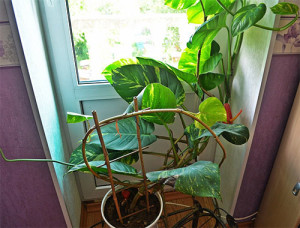
Scindapsus is practically not picky about care
The plant as a whole is unpretentious, therefore, with a little care, it can grow quite quickly.
Illumination and temperature requirements
Due to its tropical origin, this vine loves intense but diffused light.At the same time, it is able to grow in the far corner of the room and under artificial lighting. But for the intensity of the spotted color, it is better to keep the flower in a lighted place, since in the dark the leaf becomes almost green.
The ideal location of the scindapsus is near the east or west windows. On the south side, you can remove the flower from the window.
Cold is contraindicated for this plant, so the temperature of its content should not fall below 16 degrees. If you keep it in a cold place, you cannot avoid fungal infection and rotting of the roots. Scindapsus will grow well at temperatures from 18 to 25 degrees. Higher temperatures, especially when combined with too dry air, leads to dryness and leaf fall.
Watering rules and requirements for air humidity
Watering the scindapsus during the growing season should be frequent so that the soil is moist at all times. But at the same time, moisture stagnation in the container should not be allowed so that the root system does not start to rot. Drainage will help to avoid this. Water from the pallet must be drained after watering.
The humidity of the air for the flower should be increased. During the heating season and on hot summer days, it must be maintained by spraying. Instead of spraying, you can wipe the leaves with a damp cloth.
When grown in wall-mounted pots, you can use the moistening technique with sphagnum moss. They are lined with a ceramic pot with a planted flower, which is then installed in a pots of a larger diameter. The moistened moss will keep the walls of the ceramic pot from drying out, and at the same time, it will release moisture into the air.
Fertilizing the Scindapsus plant

Until spring, it is necessary to feed the plant with any mineral mixture
Twice a month, from early spring to late autumn, the flower needs to be fed with any mineral mixture for indoor plants. In winter, the amount of dressing should be reduced to once every two months.
Crown formation
Scindapsus grows at high speed, sometimes forming too elongated shoots. You can limit growth with spring pruning. But shortening does not lead to the formation of new shoots, as is often the case with other plants.
To form a lush bush, you need to plant several copies in one pot. Each root grows one, maximum two shoots, the further growth of which will continue in length.
Scindapsus transplant and soil requirements
Scindapsus are transplanted annually until they reach the age of three. Then the number of transplants is limited to once every three years. The transplant capacity is chosen each time 3-4 cm larger than the previous one. The container should be shallow and necessarily wide, for free placement of several copies in it. At the bottom of the pot, a drainage layer of 3-4 centimeters must be placed.
Scindapsus prefers loose, maximally light soil with a slightly acidic reaction. The ideal composition is a mixture of peat, humus and turf soil in equal amounts. A little river sand and crushed pieces of pine bark are added to the composition. If it is impossible to make the composition yourself, use a ready-made substrate for decorative leafy indoor flowers.
Popular species and varieties
The most common representatives of the genus Scindapsus in indoor floriculture are:
The golden scindapsus is the most popular of its brethren. It is an unpretentious liana up to 2 m long with yellow spots and stripes on bright green leathery leaves. Artificially bred cultivars of this type are unusually good:
- Neon - has beautiful spear-shaped leaves colored in a rich lemon color.
- Golden Queen - yellow spots of different sizes are scattered over the green leaves in a chaotic manner.
- Marble Queen - green leaf plates are speckled with silvery strokes and "blots".
- N-joy - white-green leaves bordered with a light stripe.
Scindapsus pictus (spotted, painted) is a climbing plant with an angular warty stem and dark green ovoid leaves covered with patterns of silvery streaks and white spots. In room culture, the following varieties of this species have proven themselves well:
- Exotic - the owner of large embossed leaves, curved along the central vein. Silvery strokes and strokes form a whimsical ornament on the surface.
- Argyraeus is a variegated form with green leaves covered with randomly scattered yellow dots. The edge of the plate is edged with a white frill.
Siamese scindapsus is a rather rare exhibit in amateur flower collections. It differs from the previous species in larger silvery-green leaves.
And finally, a little about the signs. Among the people, scindapsus has earned a notoriety for the muzhegon plant and the dissonant nickname "Devil's ivy". Although, you see, if the husband looks to the left, where does the usual indoor flower? After all, exotic vines also live in those families where peace and harmony reign. But the eastern sages treat the tropical handsome man more favorably: in their opinion, scindapsus expels idleness and laziness from the house, inspires creative exploits and helps to make the right decision in a difficult situation. In addition, the heart-shaped shape of the leaves evokes thoughts of love, and not about betrayal and disputes.
Date: 03/26/2014.
Updated: 31.07.2018
3. Varieties:
3.1 Scindapsus golden or aureum - Scindapsus aureus
Perennial large herbaceous vine with shoots up to 2 m long. The plant has large, glossy, heart-shaped leaves, the main stock of which is green. Each leaf has spots of different sizes, yellow and light green. The drawing of each leaf is unique.

3.2. Scindapsus Neon - Scindapsus Aureus Neon
Beautiful ornamental deciduous plants with long, curly shoots that easily braid any support. It develops very quickly and has glossy, light green - almost yellow, monochromatic, heart-shaped leaves on petioles 5 to 8 cm long.The shoots can reach 2 m in length.
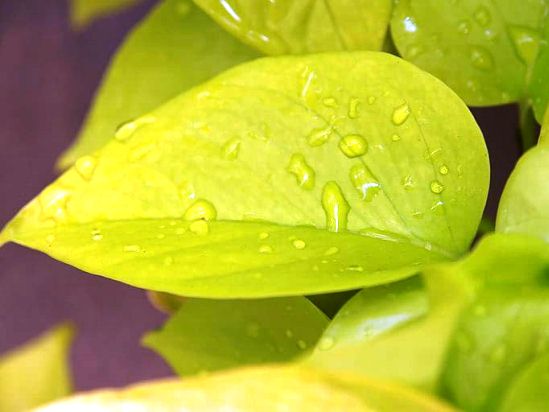
3.3. Scindapsus painted or pictus - Scindapsus pictus
Evergreen ornamental deciduous plants with thin and flexible shoots of bluish-green color. Plants form dull, heart-shaped, dark green leaves on short cuttings. A distinctive feature of the sport is the presence of small silvery specks on the surface of the leaf plates. The undersides of the leaves are often lighter in color.

3.4 Scindapsus Marble Queen
Very showy ornamental deciduous plants with oblong, heart-shaped leaves on long, white petioles. Stems are flexible, curly. The surface of the leaf blades is abundantly covered with small and large specks and stripes in shades of white, silver and all shades of green.
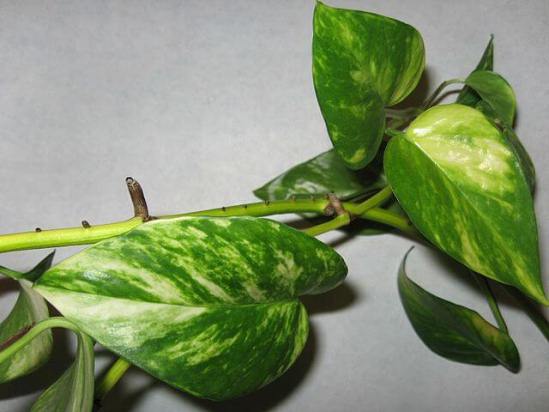
You may also be interested in:
Landing
For scindapsus, it is important to choose the right soil. Dense and oily soil - not immediately, loose and light - what you need
In stores, you can find a wide range of substrates created for deciduous houseplants, all of which will suit Scindapsus. But if possible, you can mix a suitable soil yourself. This will require sand, peat, turf and deciduous humus. All ingredients are taken in the same amount.
Additional looseness is given to the soil by impurities from the drainage material: fine expanded clay, perlite or crushed pine bark. It is optional to add them, but will be useful for improving soil drainage.
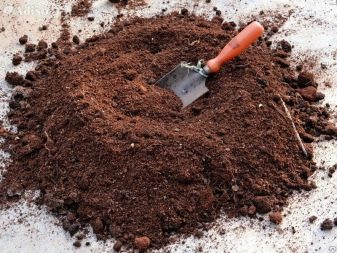

Before planting the plant in a pot, the drainage is covered with a layer of soil. The thickness of this layer is calculated based on the volume of the roots of the plant, so that there is room for another layer of soil on top of the root system. The roots of the scindapsus are laid out on the substrate layer on the drainage, and on top they are covered with the rest of the substrate and carefully tamped.
The plant must be watered immediately after planting. Spring is a good time to change the pot to the Scindapsus.
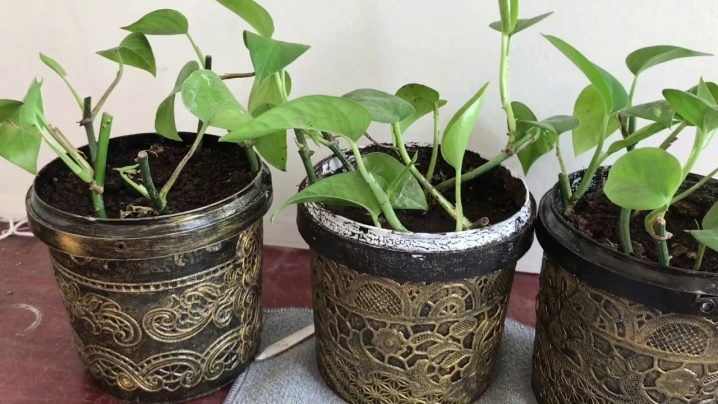
Reproduction
Scindapsus propagates by cuttings and layering.
Cuttings of scindapsus can be carried out at any time, but best of all in spring or summer. Cuttings with 2-4 leaves are cut from the mother plant with a sharp knife.
Cuttings root either in water or in a wet substrate. In the first situation, the cuttings are placed in clean water until roots are formed. After that, they are planted in individual pots.
In the second case, the cuttings are planted in a wet mixture of peat and sand, covered with polyethylene. Contained at a temperature of 22-25 degrees and high humidity. After 2-4 weeks, when the cuttings have taken root and take root, they are transplanted to a permanent place in separate pots.
For propagation by layering, another pot of earth is placed near the pot with an adult scindapsus.
One or more shoots of the plant are sprinkled with earth in the second pot and pressed with a hairpin.
When the aerial roots are well established in the new container, the stems are trimmed. You can add some soil to the pot to strengthen the young plant.

